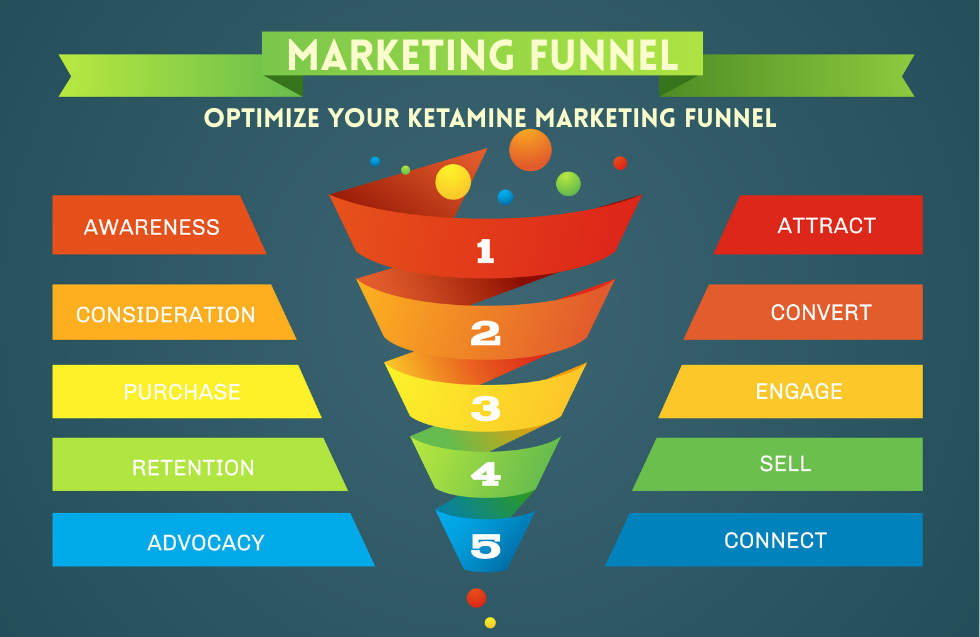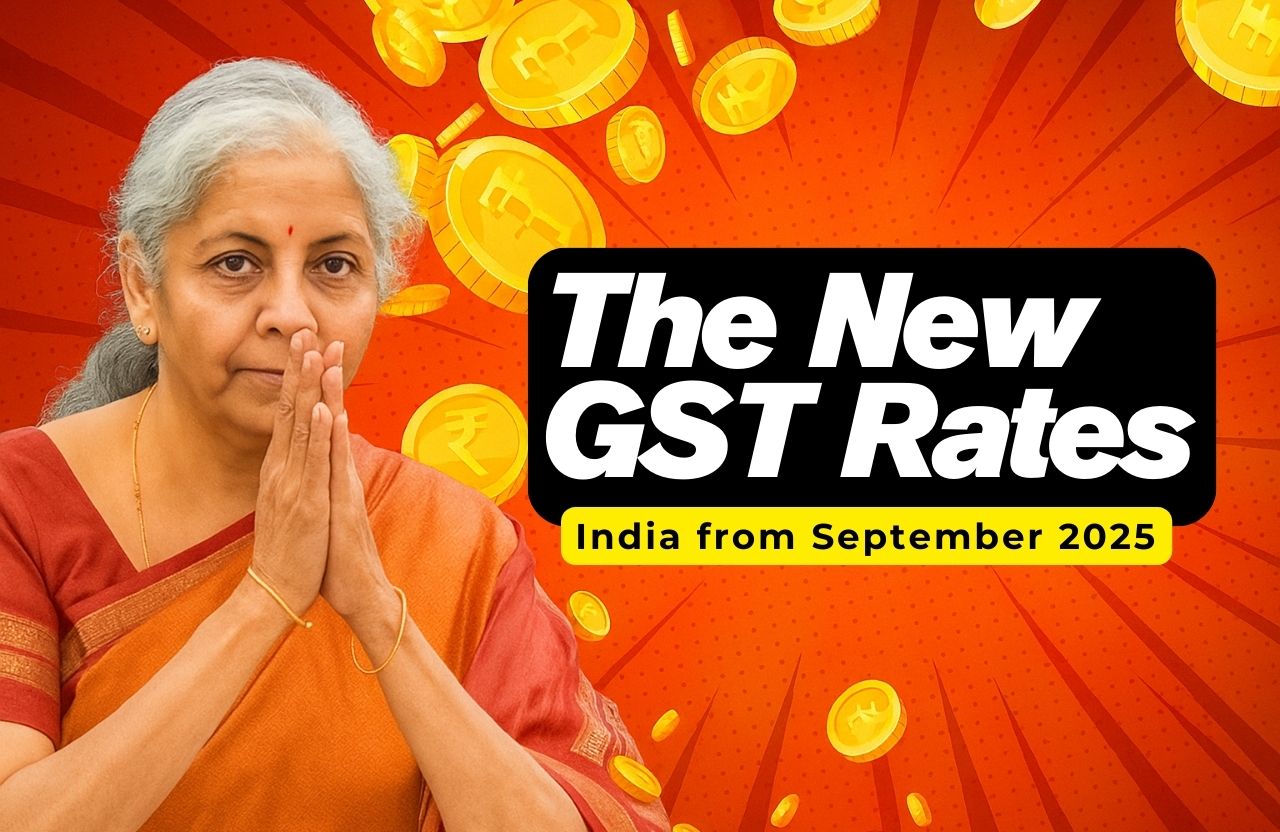In the rapidly evolving landscape of mental health and chronic pain treatment, ketamine therapy has emerged as a beacon of hope for many. Clinics offering this innovative treatment are growing, and with that growth comes fierce competition. In such a competitive environment, relying on guesswork for your marketing strategy is a recipe for being left behind. The most successful clinics are not just providing exceptional care; they are using data and analytics to precisely target, engage, and convert their ideal patients. This is the new era of Ketamine Marketing.
A data-driven approach allows you to move beyond broad assumptions and into a world of informed decisions, ensuring every dollar you spend and every piece of content you create is working as hard as possible. Let’s explore how leveraging analytics can transform each stage of your Ketamine Marketing funnel.
Stage 1: Awareness – Attracting the Right Audience
The top of your marketing funnel is all about visibility. You need to reach individuals who are actively searching for solutions to their mental health challenges or chronic pain, and for whom ketamine therapy might be an option. Data is your compass here.
Key Analytics to Track:
- Keyword Performance: Are you ranking for the terms potential patients are using? Tools like Google Analytics and SEMrush can show you which keywords are driving the most traffic to your site. Are people searching for “ketamine infusion for depression” or “ketamine therapy for PTSD”? Knowing this allows you to optimize your content and SEO strategy.
- Social Media Reach & Engagement: Metrics like impressions, clicks, shares, and comments reveal which of your posts are resonating with your audience. Data can tell you if your educational video on the benefits of ketamine is more effective than a text-based post about a clinic event. This insight is invaluable for your Ketamine Marketing efforts.
- Ad Campaign Performance: A/B testing your ad copy and creative is non-negotiable. Analytics will show you which headlines and images lead to higher click-through rates. For instance, are ads featuring a testimonial performing better than those highlighting the science behind ketamine? The data will tell the story.
By analyzing this data, you can refine your content strategy to focus on the topics that matter most to your audience and allocate your advertising budget to the channels and campaigns that yield the best results. This ensures your Ketamine Marketing is both efficient and impactful.
Stage 2: Consideration – Building Trust and Authority
Once a potential patient lands on your website or social media page, the goal is to build trust and educate them about your services and expertise. This is the consideration stage, where data can reveal how well you’re engaging your audience.
Key Analytics to Track:
- Website Behavior: Metrics like bounce rate, time on page, and pages per session are gold. A high bounce rate on a landing page might indicate that your content isn’t relevant or engaging. Conversely, a long time on page for a blog article about ketamine treatment protocols suggests that the content is valuable and holding the reader’s attention.
- Content Engagement: Which blog posts, whitepapers, or videos are being downloaded or shared the most? A data-driven approach to Ketamine Marketing means doubling down on the content that proves to be most effective. If your FAQ page is getting a ton of traffic, it’s a clear signal to create more content that addresses common questions and concerns.
- Lead Magnet Performance: Are people signing up for your email newsletter or downloading your e-book on “Understanding Ketamine Infusions”? Tracking these conversion rates helps you understand what content is successfully moving people from a passive reader to an active lead.
By monitoring these analytics, you can continuously improve your website’s user experience and ensure your content strategy is effectively guiding potential patients through their research phase. This is a critical component of successful Ketamine Marketing.
Stage 3: Decision – Converting Leads into Patients
This is where all your efforts culminate. The bottom of the funnel is about making it as easy as possible for a qualified lead to book a consultation and become a patient. Data can help you identify and eliminate friction points.
Key Analytics to Track:
- Conversion Rate Optimization (CRO): Use tools like Google Analytics to track the conversion path. How many people who click on your “Book a Consultation” button actually complete the form? If there’s a significant drop-off, analyze the form itself. Is it too long? Are there technical glitches?
- A/B Testing Forms and CTAs: Test different versions of your call-to-action buttons. Does “Contact Us for a Free Consultation” perform better than “Start Your Healing Journey”? Test different layouts and color schemes on your landing pages. This level of detail is what separates good Ketamine Marketing from great.
- Patient Demographics: Once a patient has converted, a powerful strategy is to analyze their demographic data (anonymized, of course, and always with patient consent). Where are they coming from? What were their initial pain points? This data can be used to refine your targeting for future campaigns, making your Ketamine Marketing even more precise and effective.
The Power of a Holistic Approach and E-A-T
Implementing a data-driven approach to your Ketamine Marketing is not just about isolated metrics; it’s about a holistic strategy that is constantly being refined. It ensures every touchpoint, from an initial search to a completed consultation form, is optimized for success.
Furthermore, in a medical field like ketamine therapy, adhering to E-A-T (Expertise, Authoritativeness, Trustworthiness) guidelines is paramount. The data you gather should inform content that is not only engaging but also medically accurate and credible. Your analytics may tell you a topic is popular, but your clinical expertise must ensure the information you provide is responsible and helpful. Combining data with this ethical framework is the ultimate formula for sustainable growth and patient trust.
By embracing analytics, you transform your Ketamine Marketing from a guessing game into a strategic, repeatable process that delivers tangible results and, most importantly, helps more people access the life-changing treatment they need.












